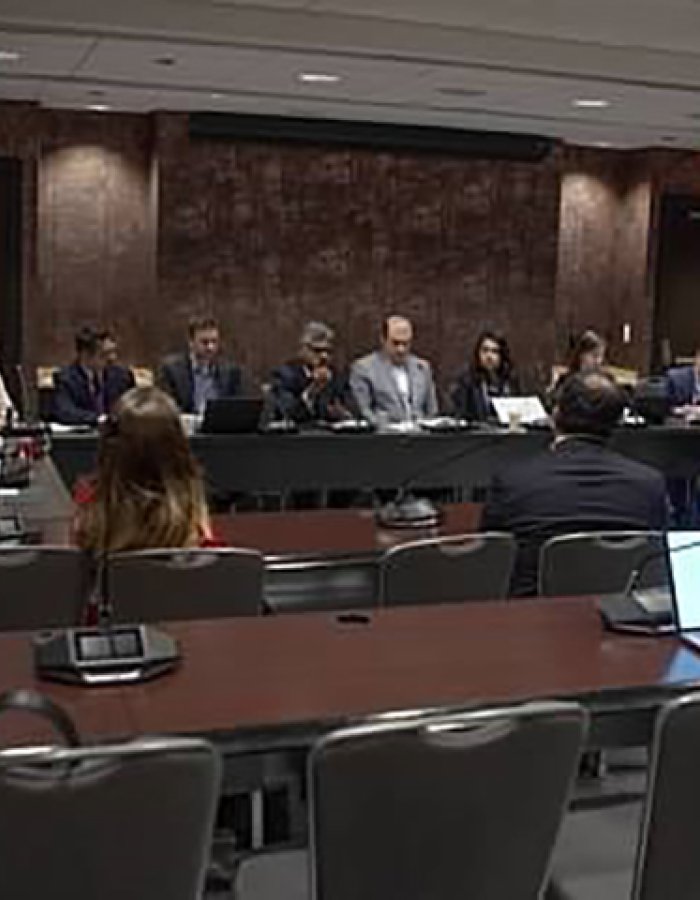April 21 BSSC Webinar Looks at Steel-Framed Buildings
The National Institute of Building Sciences Building Seismic Safety Council (BSSC) will host the third webinar in its 2017 series sponsored by the Federal Emergency Management Agency (FEMA). The free webinar, “Design of Seismic Force-Resisting Systems in Steel-Framed Buildings,” will be held Friday, April 21, 2017, from 2:00 pm to 3:00 pm ET (11:00 am to 12:00 pm PT).
The webinar highlights the National Earthquake Hazards Reduction Program (NEHRP) 2015 NEHRP Recommended Seismic Provisions for Buildings and Other Structures, as well as its supporting materials, FEMA P-1051 Design Examples and FEMA P-1052 Training Materials.





